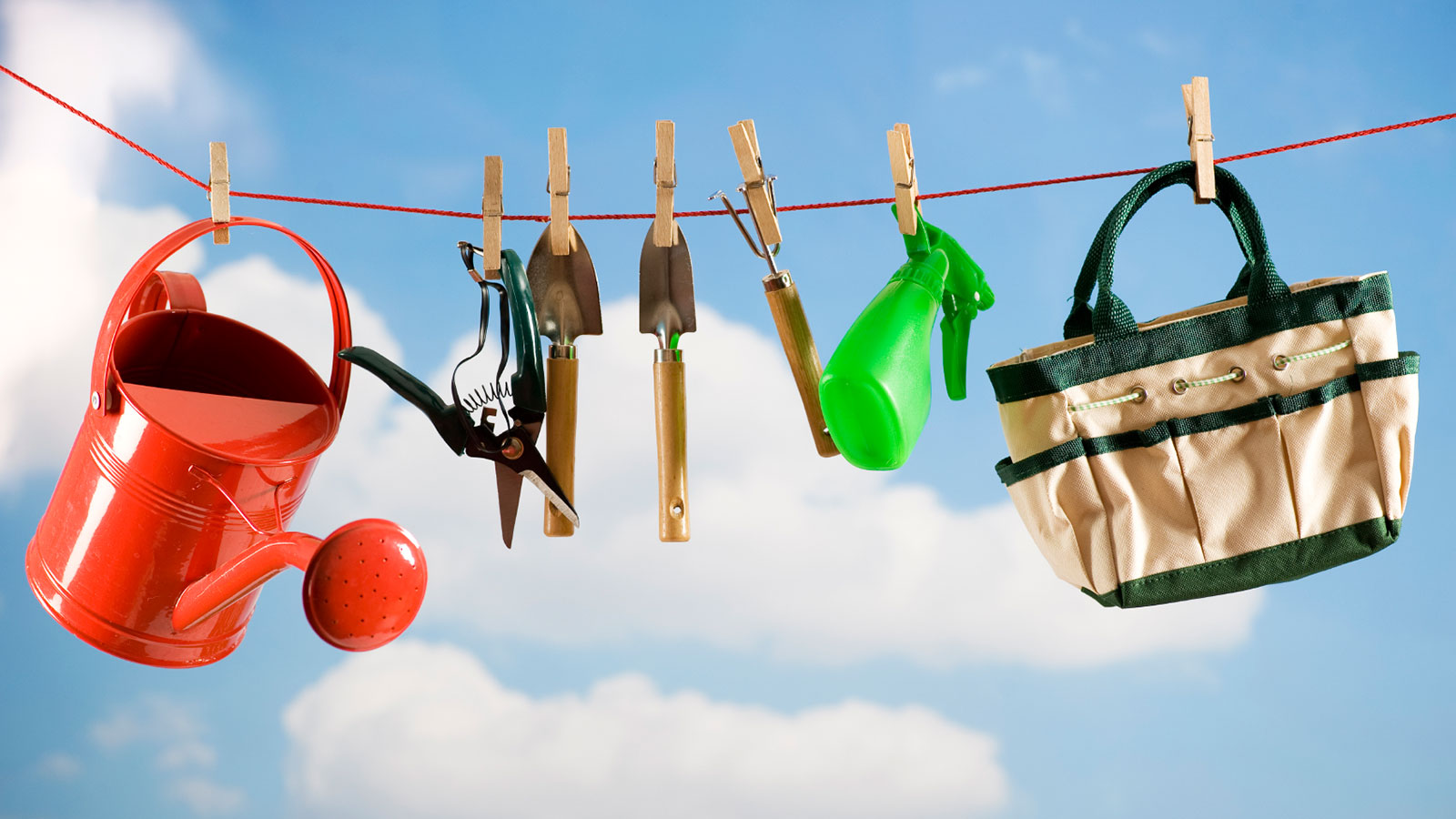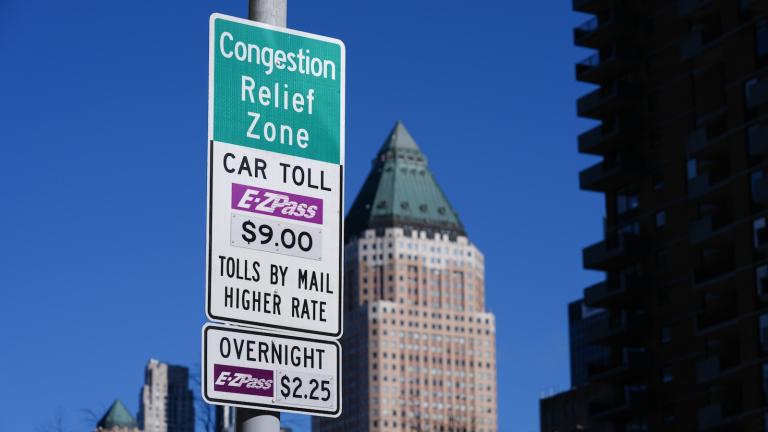Q. Since we are in the middle of a drought, a lot of people in our town let their backyard vegetable gardens dry up this year to save water. But does it take less water to grow your own vegetables or to buy them from farms?
Valerie M.
Santa Cruz, Calif.
A. Dearest Valerie,
And the drought questions keep pouring in! In honor of the many water-related issues still inundating my inbox, I hereby extend Drought Week into Drought Week Point Five. Next up: Are those store-bought veggies all wet? Or is the new victory garden (in the Southwest, at least) no garden at all?
I do have an answer for you: It depends. Oh, not that wishy-washiness again? Well, a crop’s total water requirements — its water footprint, if you will — is going to depend on factors like weather, climate, and soil. If you hold those variables constant for the backyard garden and the farm, what we’re really looking at is how efficiently the watering is being done. Will a drop-counting home gardener who drip-irrigates from a rain barrel beat a commercial farmer using old-school flood irrigation? Will a farmer employing ultra-efficient watering technology beat a home gardener who simply turns on the hose and walks away? The answer, in both cases, is probably.
I posed your question to Mark Van Horn, director of the Student Farm at UC-Davis, and he had this to say: “Farmers are professionals and water is a really precious and costly resource, so most of them use it quite efficiently.” But that doesn’t mean you must let your pole beans wither on the vine. “If you buy vegetables, you don’t necessarily know how efficiently they were grown,” Van Horn said. “But if you grow your own, then you can be sure.”
And because homegrown veggies can have so many other environmental and health benefits — like zero transport cost, no chemicals, and maximum freshness — Van Horn considers their irrigation demands water well spent. I’m inclined to agree.
The key for you and your neighbors, Valerie, is to water your backyard plots as carefully as possible. (That is, if local water restrictions allow for irrigation at all. Me, I’d sooner shorten my showers than give up my prizewinning tomatoes.) A water-smart garden can actually begin in the planning stages, before any spades hit soil: Deeper-rooted plants tend to need less water, so think about native beans, tomatoes, melons, squash, and asparagus over shallower-rooted options such as tubers and cabbage. Also consider how many veggies you can truly handle (and truly like to eat); planting more than you can use means water wasted.
Once you’ve sown your seeds, Valerie, I’d point you to the three commandments of drought gardening: Thou shalt weed, mulch, and compost. Weeds are thirsty little buggers that will compete with your crops for each valuable drop, so yank them early and often. Mulch greatly reduces water loss from evaporation, cutting your irrigation needs by as much as 50 percent, so smother that soil with a layer of grass clippings, leaves, shredded bark, newspaper, or straw. And high-quality compost means your soil can hold more moisture for longer.
Finally, to the watering part: First off, don’t do it unless your plants really need it. To check, grab a handful of soil from four to 12 inches down and squeeze — if it holds together, it’s probably wet enough. If not, most water-use experts recommend putting in a drip irrigation or soaker hose system rather than using a sprinkler or regular hose. Turn it on in the morning, when it’s not windy, to further reduce evaporation loss. And if you’re creative, you can also augment the supply by reusing the water from boiling veggies in your kitchen, warm-up water from your shower, various other graywater sources, and the aforementioned rain barrel.
I’ve barely scratched the surface of all there is to know about water-wise veggie gardening, Valerie, so I encourage you to reach out to your local cooperative extension to learn more. But rest assured you can responsibly raise a vibrant harvest, even in a drought. And keep this in mind, too: Every time you choose an eggplant (store-bought or homegrown) over a steak, you’re saving buckets upon buckets of water anyway. Meat requires staggering amounts of water to produce compared to any plant. So really, your strongest drought-fighting tactic is to grow, buy, and eat more veggies, not fewer.
Saturatedly,
Umbra



